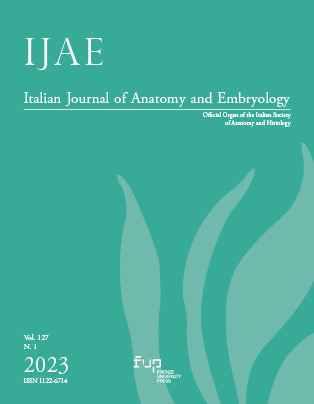Multiple arterial, venous and ureteric manifestations in horseshoe kidney: Developmental analysis and significance
Published 2023-08-28
Keywords
- horseshoe kidney,
- developmental analysis,
- multiple vasculatures,
- multiple ureters,
- isthmus artery
How to Cite
Copyright (c) 2023 Cheryl Melovitz-Vasan, Susan Huff, Nagaswami Vasan

This work is licensed under a Creative Commons Attribution 4.0 International License.
Abstract
Horseshoe kidney (HSK), the most common type of congenital renal fusion anomaly, is characterized by ectopia, malrotation, and altered vascular changes. Horseshoe kidney in this case is atypical because of multiple ureters, arteries, and veins, as well as how they originated and formed. During the routine dissection of 83-year-old male donor who died of respiratory failure, we observed the presence of horseshoe kidney in which the lower lobes of the left and right kidneys were connected by an isthmus below the level of inferior mesenteric artery (IMA). Furthermore, the presence of arterial, venous, and ureteric anomalies was also observed; these were sequentially dissected and are described here.

